Top Five Health and Fitness Tools For Firefighters – #2
The Foam Roller And Your Body
Last week I discussed why calorie and activity trackers are excellent tools for firefighters.The second important tool in this series is a foam roller.
Foam rolling has become very popular with athletes and fitness enthusiasts over the past 10 years. The rationale behind foam rolling is that is helps loosen the connective tissue sac that surrounds muscles and joints, known as myofascial release. The sac is called the fascia while “myo” means muscle.
For a variety of reasons including scar tissue buildup, it is thought that the myofascia can become tethered too tightly to the muscle and other surrounding tissues which prevents optimal movement and causes aches and pains.
While myofascial release is performed by rolling the tube under affected body parts in a massaging motion, foam rollers can also be used simply to aid in stretching. Ultimately, improved performance, less pain, and resistance to injury are the main reasons that proponents of foam rolling take the time to do it and advocate that others do too.
Some health professionals believe that foam rolling also improves circulation, making the transfer of nutrients and waste removal via blood more effective.
For firefighters who are hindered by very tight muscles and ligaments, foam rolling is a great way to get the benefit of a massage without the price tag. You can foam roll several times a day for free while most people cannot afford a massage more than one or two times a month.
You can buy a foam roller for $20-$40 at many different retailers. Their shape allows them to be stored and transported very easily.
Roller Uses
To use a foam roller simply lie down and rest your body weight on the tube. Begin to roll it back forth, do this for at least 30 seconds. Some popular areas to roll are the calves, hip and IT band (outer thigh).
Although foam rolling is not the cure for every musculoskeletal problem, this inexpensive and quick method to treat a painful/tight joint may be effective for you.
Next week I will discuss the third important tool in this series: resistance tubes.
Find the complete series here!
Part 1 : Calorie/Activity Tracker
Part 2 : Foam Roller
Part 3 : Resistance Tube
Part 4 : Yoga/Stretching Mat
Part 5 : Exercise Ball

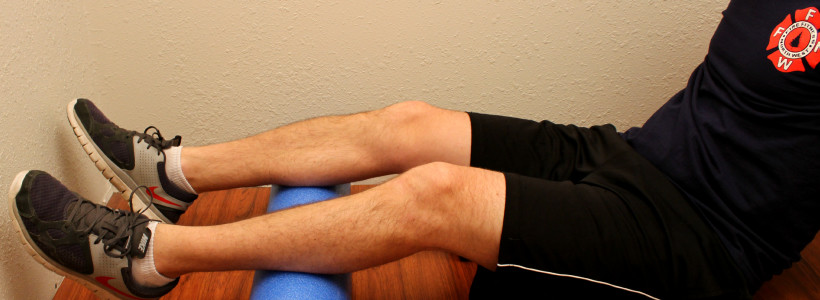
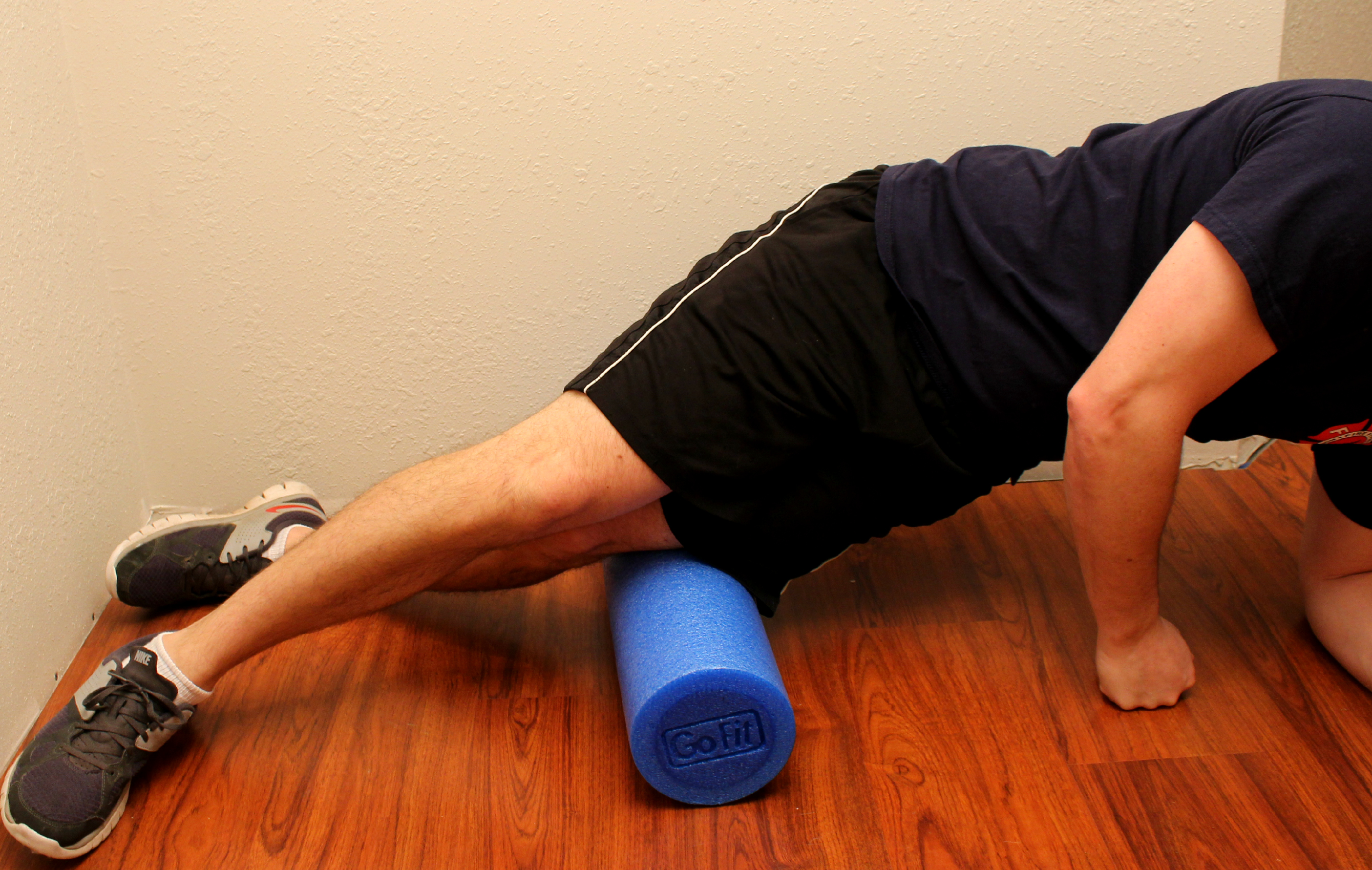
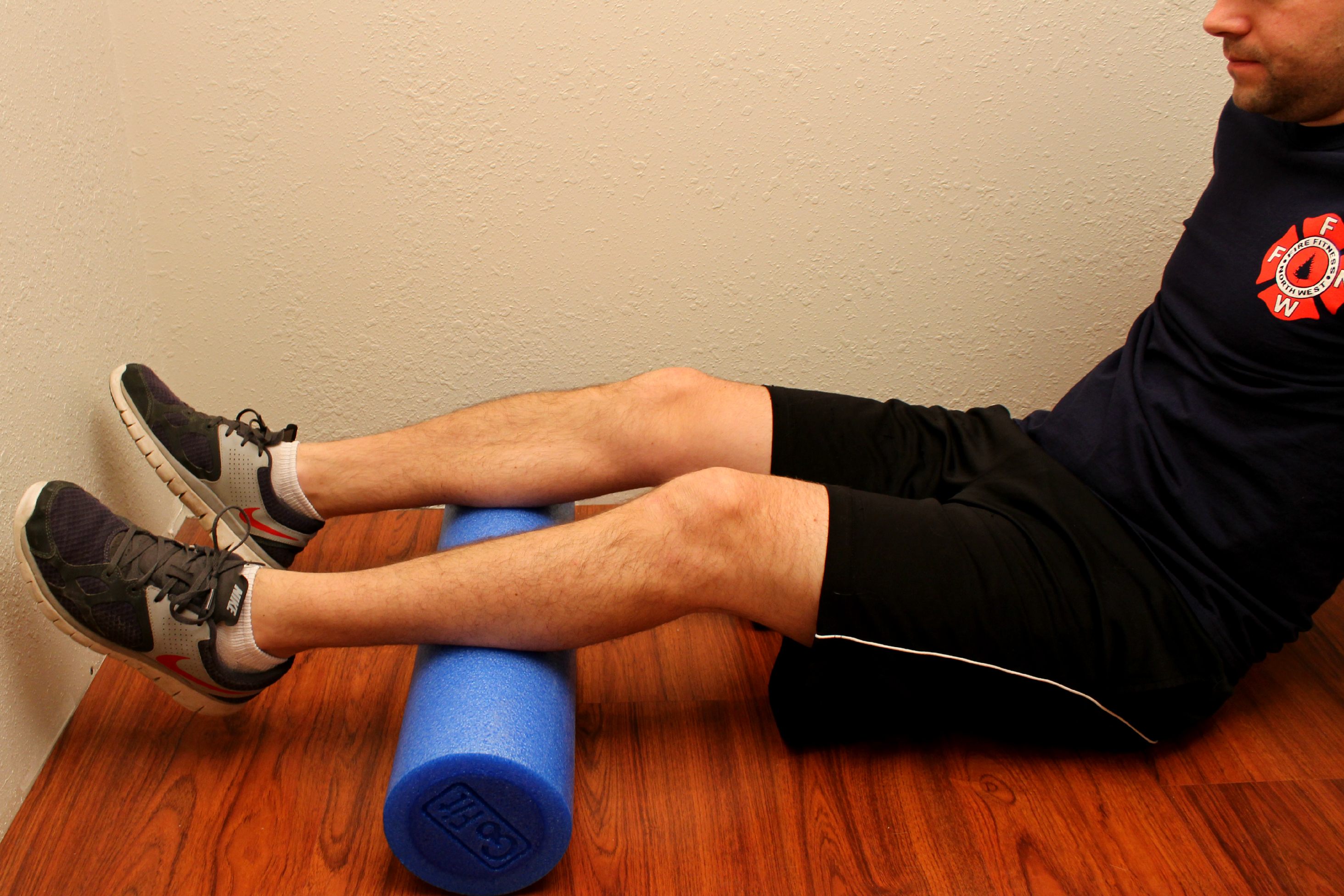
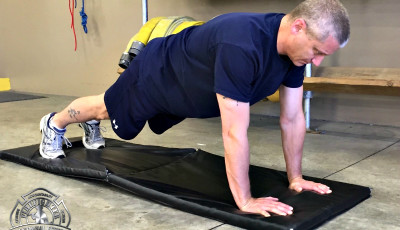

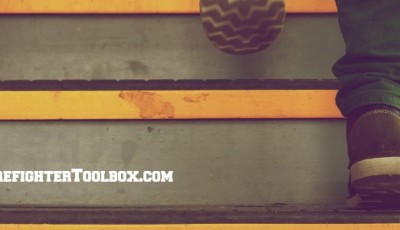
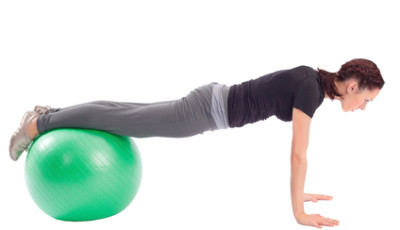
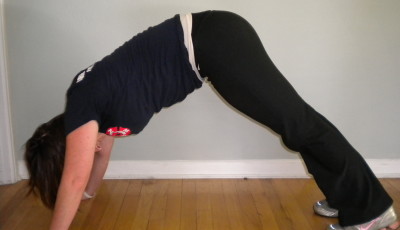




should the fitness be done every day as a firefighter?
If you’re asking if you should work out every day, then the answer is no you don’t need to. You certainly can, which is great for your health and your waistline. But people who work out closer to 3 days per week can still have a very high level of fitness.
Pingback: Top 5 Health and Fitness Tools for Firefighters – Part 1 | FireFighterToolBox
Pingback: Top 5 Health and Fitness Tools for Firefighters – #1 | FireFighterToolBox
Pingback: Top 5 Health And Fitness Tools for Firefighters – #4 | FireFighterToolBox
Pingback: Top 5 Health And Fitness Tools for Firefighters – #4 | FireFighterToolBox